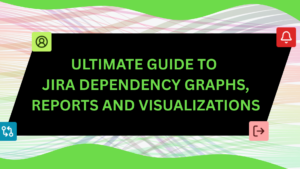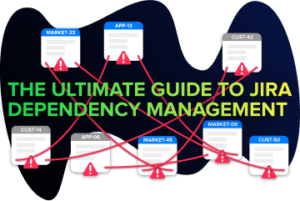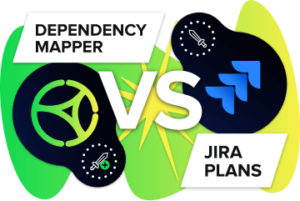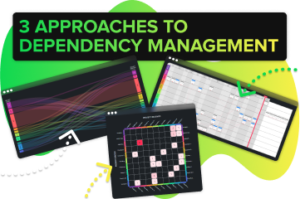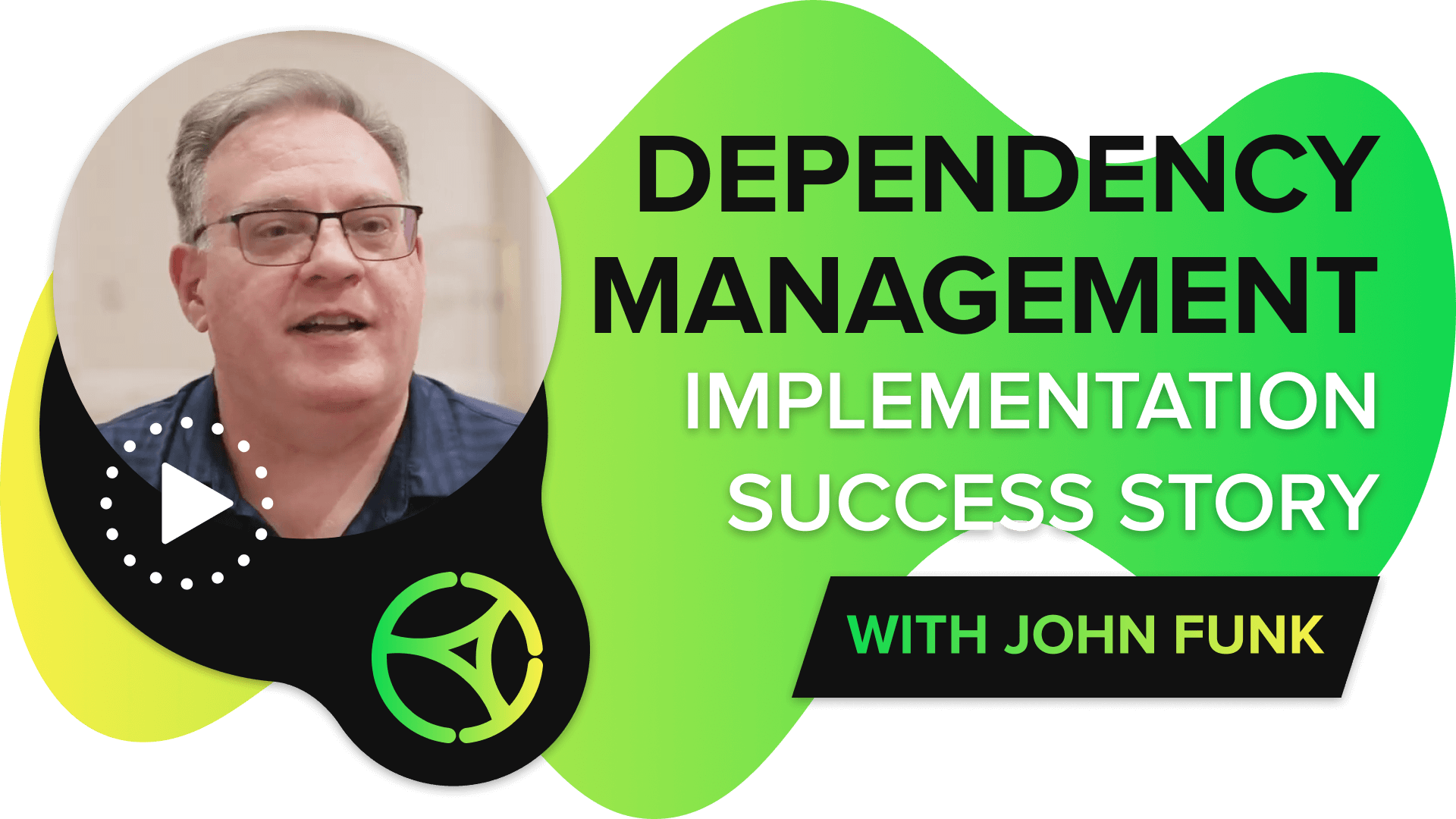
Trying to do adequate dependency mapping in Jira is a common problem. Everyone wants to see their dependencies, but you can only do so much within native Jira and you’re not able to get a lot of the information you need.
We sat down with independent Atlassian consultant and Community leader John Funk to discuss solutions to the dependency management gap in Jira, and how a better system for fixing dependencies makes his customers more productive.
Table of Contents
ToggleNo way to associate details with a dependency in Jira
John recently worked with a company in the Middle East who were having difficulties understanding their dependencies. They were trying to calculate a dependency score based on how many dependencies a particular strategic initiative had, pulling data from their plans in Advanced Roadmaps for Jira.
But they also wanted details about each dependency, e.g. whether they were low, medium, or high, and who the dependency was on. “There’s no real way to do that in Jira,” John says. “I was trying to do it with an issue type so that I could then create custom fields to track who the dependency was on and the type of dependency, and it just wasn’t working out very well.”
At-a-glance insights into dependencies
“The biggest problem that the Dependency Mapper solved for us was to be able to have all those details associated with a dependency.”
John sought out Dependency Mapper for Jira, an Atlassian Marketplace tool that provides at-a-glance insights into your dependencies, allowing teams to identify bottlenecks before they turn into real problems.
John explains, “The biggest problem that the Dependency Mapper solved for us was to be able to have all those details associated with a dependency. So what I ended up doing was creating custom issue linkages, e.g. “high dependency on”, “medium dependency on”, “low dependency on”. That enabled me to do away with the custom issue type. As a result, I could get all of the information I needed and report on it instead of having to jump through a bunch of other hoops.”
Better reporting and better decisions
John’s favorite feature of Dependency Mapper is the reporting. After all, the whole point of a dependency management tool is looking at reports on your dependencies and deciding what to do about them. And the detail that Dependency Mapper for Jira allows teams to capture facilitates this.
“It’s much easier to get the information out that you need, because you can’t get that out of the box with Jira,” John says. “Being able to pull that information – who it’s associated with, who’s the dependency on, the level of dependency – was much better. You get an immediate ROI because of the reporting mechanisms. You can quickly show the customer so that they’ll see what those dependencies are, and as they can solve dependencies, then they’re much more productive and that keeps them on track with their schedule.”
If you want to see for yourself how Dependency Mapper empowers you to do Jira dependency management more effectively, you can try it free for one month.

